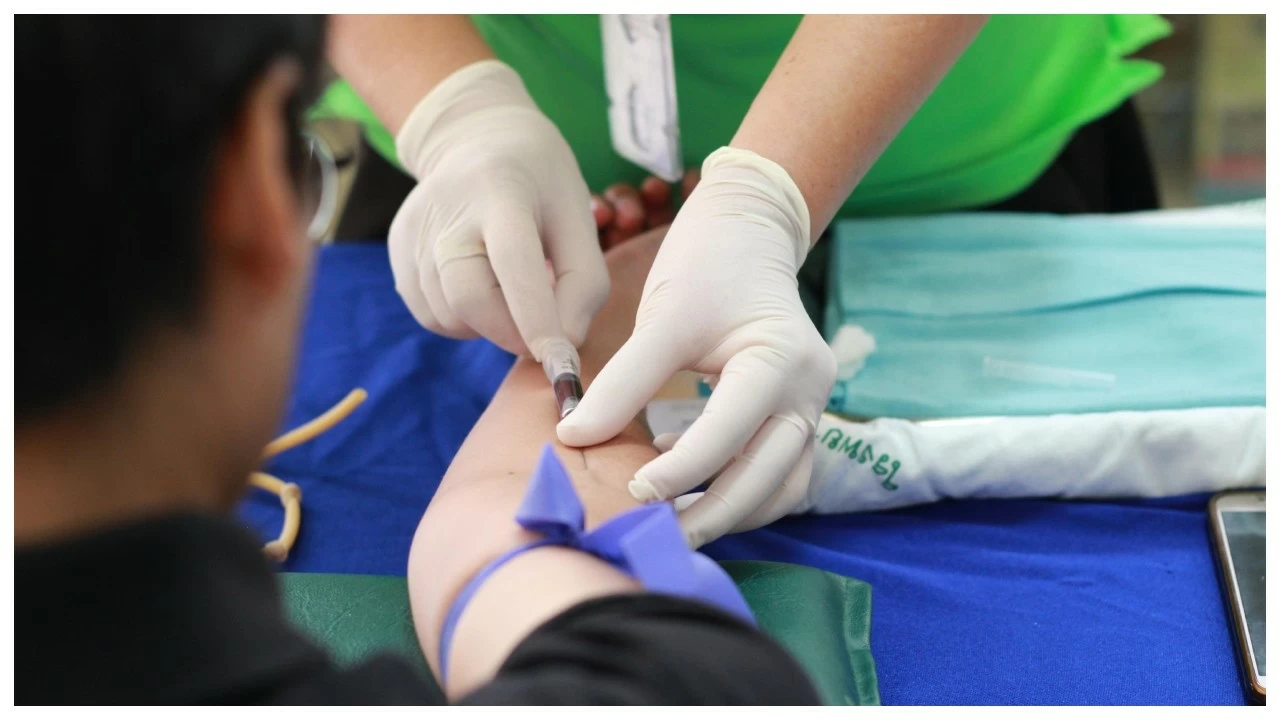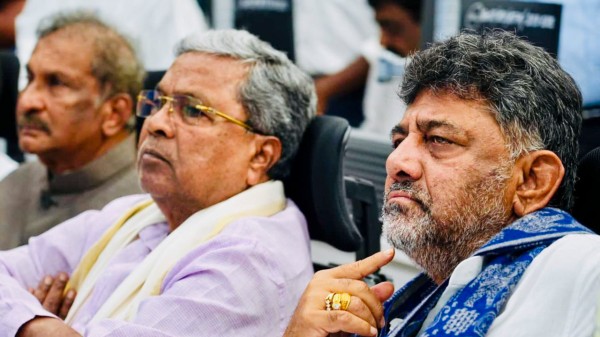

By signing in or creating an account, you agree with Associated Broadcasting Company's Terms & Conditions and Privacy Policy.


By signing in or creating an account, you agree with Associated Broadcasting Company's Terms & Conditions and Privacy Policy.

New Delhi: Influenza (the flu) is significantly more severe than a common cold, representing a potent viral infection whose outcomes stretch from mild symptoms to fatal complications. Despite readily available and effective vaccines, numerous individuals skip their annual immunisation, often underestimating the genuine danger. A refusal to vaccinate substantially elevates the risk of severe illness, hospitalization, and death, particularly for those already managing chronic health issues. This analysis details the critical dangers of neglecting the flu vaccine and highlights its vital importance for individual and public health.
The flu creates a widespread public health crisis, infecting millions annually. The Asian region, including India, reports 12,000 to 20,000 cases each year. The World Health Organization (WHO) estimates seasonal flu causes up to 650,000 fatalities and 3 to 5 million serious illnesses globally. India alone accounts for approximately 127,092 deaths attributed to the flu every year.
The economic impact is vast; global costs reach tens of billions of dollars due to medical expenses and lost workdays. Statistically, the flu is twice as lethal as the common cold. About 35% of flu patients require an emergency room visit, and 10-20% subsequently need Intensive Care Unit (ICU) admission.
Risk is highest for vulnerable populations: the elderly, young children, pregnant women, and particularly 90% of individuals with chronic underlying conditions. Since the virus undergoes frequent mutations, the vaccine, which is typically 40% to 60% effective, remains crucial. Despite this, uptake is consistently low, growing by only a marginal 1% to 3% annually.
The Role of the Trivalent Vaccine
The WHO backs the trivalent vaccine as a fundamental strategy against severe complications and fatalities. It defends against three primary circulating strains, effectively lowering death rates, reducing hospital admissions, and limiting transmission, especially for susceptible groups (children, seniors, chronic conditions). The vaccine composition is meticulously updated every year based on global surveillance to match the most dominant strains.
The profound sense of urgency dedicated to COVID-19 vaccination should establish the operational standard for annual flu immunisation. The recent pandemic successfully solidified vaccination as a broadly accepted and necessary measure for both personal welfare and community resilience. This identical level of commitment must now be extended to the annual flu shot, recognising it as an equally vital, proactive tool for preserving public health and safety.
High-Risk Groups and Complications
Some groups of people are more likely to face serious complications from the flu. This includes older adults, young children, pregnant women, and patients managing chronic medical conditions (e.g., heart disease, kidney disease (CKD), diabetes, asthma, or COPD). The danger becomes acute for individuals with compromised immunity (e.g., organ transplant recipients or chemotherapy patients). For example, CKD patients face an extreme vulnerability to poor outcomes; even a mild bout of influenza can quickly result in acute renal impairment or prompt hospitalization. Consequently, immunization must be the primary focus for all high-risk individuals and, critically, for all persons in close contact with them, including caregivers and healthcare professionals.
The Best Line of Defence: Vaccination
Vaccination remains the strongest defense against influenza. Clinical data show vaccination can reduce flu-related hospitalization risk by 40% to 60%, varying with the flu strain and community. Beyond preventing severe outcomes, vaccinated people who get sick usually have milder symptoms and recover faster. Crucially, the flu shot diminishes the incidence of severe secondary complications common among the unvaccinated, such as pneumonia, heart attacks, and strokes.
The Benefits of Early Immunisation
In regions like India, flu seasons are unpredictable, often peaking during the monsoon and post-monsoon periods. Timely vaccination, ideally before the projected peak, is necessary. This proactive step ensures the body establishes sufficient protective immunity, simultaneously easing the load on healthcare systems. The vaccine's composition is updated yearly using the most current global surveillance data to accurately match the dominant circulating strains.
The Cost of Avoiding the Vaccine
A deliberate decision to skip vaccination directly exposes individuals, particularly those with conditions such as COPD or CKD, to substantially higher risks of severe health crises. Patients who remain unvaccinated face a far greater probability of requiring intensive or critical care, which places a significant, avoidable strain on medical services. Given that the financial toll of flu hospitalizations is immense, annual immunization is established not only as a powerful preventative health measure but also as a highly cost-efficient economic policy.
Call to Action
The flu persists as a grave health threat, particularly to vulnerable population segments. Annual vaccination provides the most effective intervention to prevent flu-related illness and safeguard community health. Acceptance of the flu shot should be viewed not merely as personal caution, but rather as an essential collective public health responsibility. By choosing to immunise, individuals actively safeguard their health, restrict viral transmission, and contribute directly to overall healthcare stability. Securing the annual flu shot is thus imperative for everyone, especially those at high risk, as it remains an indispensable tool for reducing the total burden of influenza.








